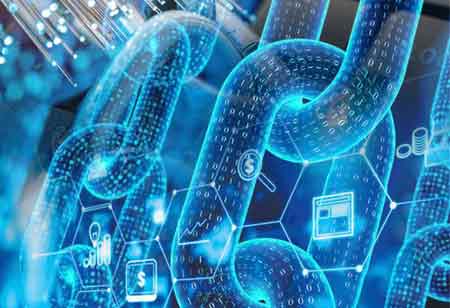Thank you for Subscribing to Energy Business Review Weekly Brief
Hydrogen to Improve Renewable Energy Grids
The relationship between hydrogen and energy spans centuries, which has begun with powering the first combustion engines and has become a crucial

By
Energy Business Review | Friday, January 21, 2022
Stay ahead of the industry with exclusive feature stories on the top companies, expert insights and the latest news delivered straight to your inbox. Subscribe today.
By making hydrogen more efficient and reaping the advantages of hydrogen, industries are leveraging its benefits to enhance renewable energy grids
FREMONT, CA: The relationship between hydrogen and energy spans centuries, which has begun with powering the first combustion engines and has become a crucial part of the modern-day refining industry. Hydrogen is the most abundant element on your planet, and the gas burns clean, light-weight, energy-dense and more potential is still being uncovered. Furthermore, hydrogen helps preserve stability and continuity in energy grids that use only renewable energy.
Making Hydrogen More Efficient
The electrolysis process is beneficial for segregating hydrogen from oxygen with no greenhouse gas emissions generated. Renewable energy can be stored entirely carbon-free if excess renewable electricity generated during off-peak hours can help power electrolysis units that produce hydrogen. This process of using renewable electricity to produce hydrogen, storing it and generating electricity is usually known as power-to-gas-to-power or P2G2P.
An example of this process is using solar panels to power an electrolysis device to produce hydrogen. This hydrogen is compressed to be stored in a pressurised tank and converted into electricity using a fuel cell injected into the power grid, filling in the gaps created by intermittent sources like wind or solar.
P2G2P is expensive and inefficient because it loses energy every time the molecular bond between hydrogen and oxygen breaks and when newly separated hydrogen burns in turbines. Moreover, 40% of the electricity used at the start of the P2G2P process returns to the process.
Extracting the Benefits of Hydrogen
There is a need for a more optimised process to extract the full potential of P2G2P. This requires constant evaluation of performance, storage, safety, and cost cycles. Monitoring the entire hydrogen industrial chain and the electrolysis process will give the industry a better understanding of which aspects to focus on to reap the maximum benefits from hydrogen as an energy storage mechanism.
Researchers have been initiating various projects to couple solar energy with a hydrogen chain as an energy carrier, generating as little waste as possible. Although such programs show great strides, testing solutions for feeding intermittent solar energy into a small energy grid, there is still more process required in the production, storage, and distribution of hydrogen to convert such initiatives into a global solution.
For example, there is a need for hydrogen-resistant pipelines to cover transportation over long distances. Traditional steel networks used in the short term are no longer useful as hydrogen seeps through plastic and weakens metal over time. For storage purposes, ammonia is a very effective hydrogen carrier but needs a great amount of energy to release hydrogen after storage. These challenges should be resolved to optimise the hydrogen chain to apply to national energy grids.






